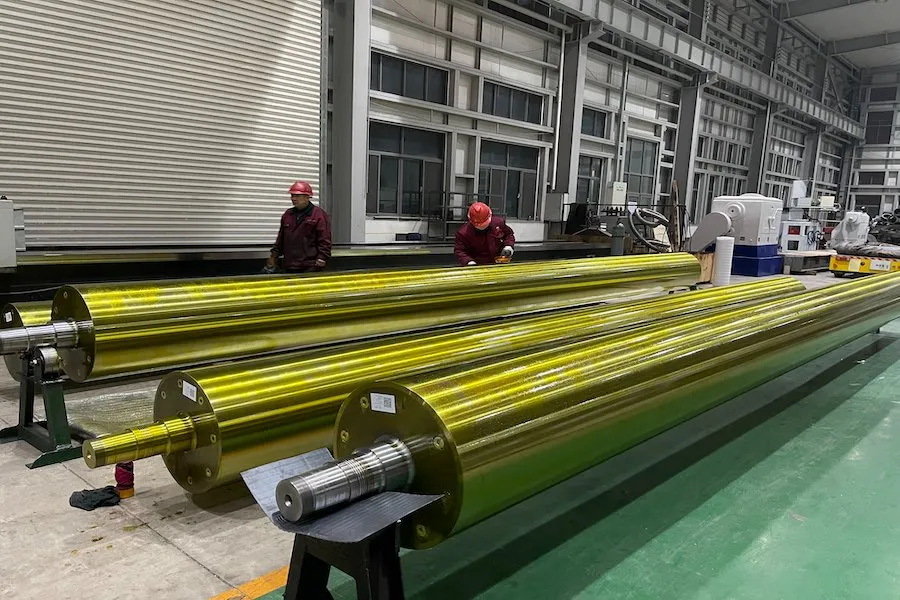The Versatility of Rubber: Applications and Benefits
What is Rubber?
Rubber is a natural or synthetic elastic material that is derived from the sap of the rubber tree or produced from petroleum-based chemicals. It is known for its flexibility, durability, and resistance to heat and cold. These properties make rubber a valuable resource in a variety of industries.
Applications of Rubber
Rubber is used in a wide range of products, including tires, hoses, seals, gaskets, belts, mats, and gloves. In the automotive industry, rubber is used to manufacture tires, which provide traction and absorb shock. In the industrial sector, rubber hoses and seals are used to transport fluids and gases, while rubber mats and gloves are used to protect workers from hazards.
Benefits of Rubber
Rubber offers many benefits over other materials. Its elasticity allows it to stretch and return to its original shape, making it ideal for products that require flexibility. Rubber is also resistant to abrasion, tearing, and impact, which makes it suitable for use in harsh environments. In addition, rubber is a good insulator and can protect against electrical shock.
Environmental Benefits of Rubber
Rubber is a sustainable and eco-friendly material. It is biodegradable and can be recycled, which reduces waste and conserves resources. Rubber products also have a long lifespan, which reduces the need for frequent replacement. In addition, rubber can be used to replace other materials that are harmful to the environment, such as plastic.
Conclusion
Rubber is a versatile and valuable material that offers many benefits. Its elasticity, durability, and resistance to extreme temperatures make it ideal for use in a variety of industries. Rubber products also offer environmental benefits, as they are biodegradable and recyclable. Whether you need tires for your car, hoses for your industrial equipment, or gloves for your hands, rubber is the material of choice.
- Flexible
- Durable
- Resistant to heat and cold
- Eco-friendly
- Wide range of applications



